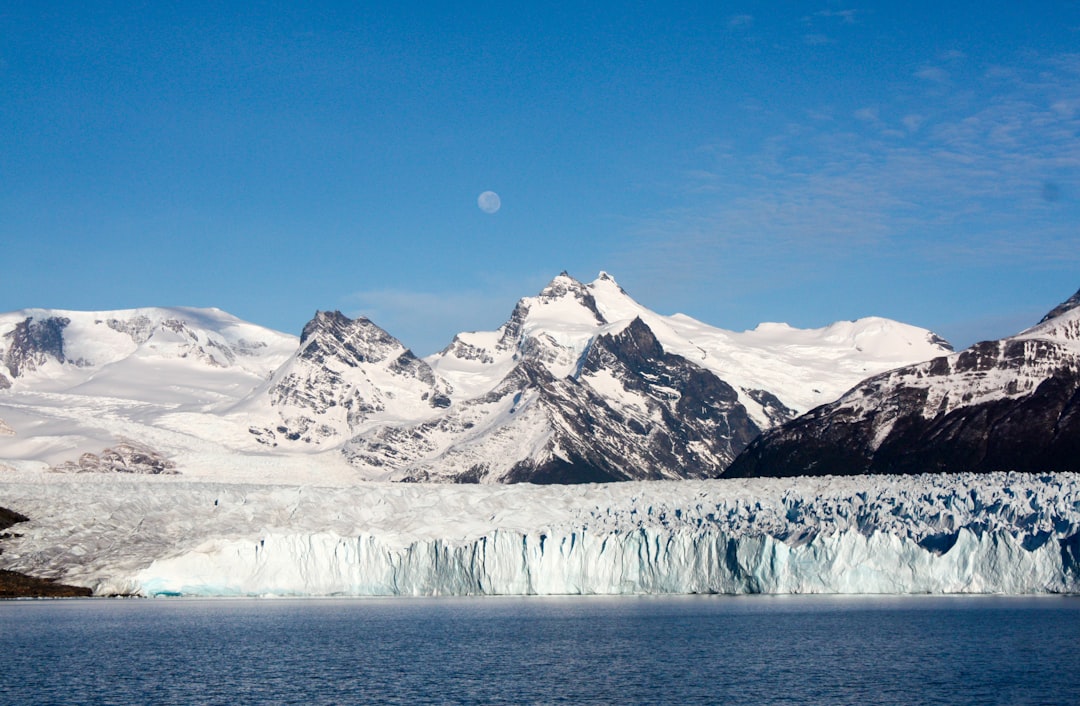What is it about?
A previous study reporting that the number of thunderstorms in Alaska might triple by the end of the century. This work investigates the physical reasons for these changes. We show that this is due to the strong temperature increase, but also to the melting sea ice around Alaska : because of more ice-free waters, the region will become wetter and more favorable for thunderstorms, through cloud dynamics and thermodynamics.
Featured Image

Photo by Boudhayan Bardhan on Unsplash
Why is it important?
We know from a precedent study using climate models that the number of thunderstorms in Alaska might triple by the end of the century. This study brings a lot of confidence in these results, because it shows that the increase in storminess can be explained by temperature increase and sea ice loss through simple and well-established physical laws.
Perspectives
These results are really interesting, because they show that the increase in the number of thunderstorm can be explained relatively simply through basic physics. This suggests that similar increases could occur in other near-Arctic regions such as Siberia, Canada or Scandinavia. Further research is necessary to detemine if this is the case.
Basile Poujol
Ecole Normale Superieure
Read the Original
This page is a summary of: Dynamic and thermodynamic impacts of climate change on organized convection in Alaska, Climate Dynamics, February 2021, Springer Science + Business Media,
DOI: 10.1007/s00382-020-05606-7.
You can read the full text:
Contributors
The following have contributed to this page










